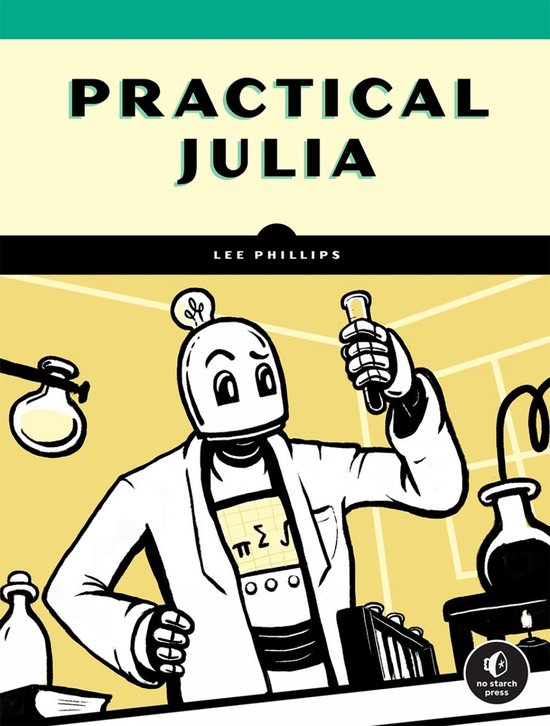
Julia as a Second Language
Julia as a Second Language makes it easy to add Julia to your programming toolbox. You will learn about Julia's type system and data structures by modeling the launch of a space rocket, use dictionaries to parse Roman numerals, and discover tuples and arrays through tracking pizza sales. You will even use Julia's unique multiple dispatch feature to send knights and archers into a simulated battle.
By the time you are finished, you will be confident in the foundations of Julia and ready to dive into a specialised field like machine learning or data science.
Don't be put off by Julia's reputation as a scientific programming language. There's no data science or numerical computing knowledge required. You can get started with what you learned in high school math classes.
Research scientists, data analysts and machine learning professionals will appreciate how easy Julia makes it to handle and explore data sets. Experienced programmers will love to learn about Julia's interesting metaprogramming capabilities and the exciting possibilities of the language.
Learn Julia programming by building fun projects, like launching rockets, building password keepers, and even coding battle simulations.
Julia as a Second Language covers:
- How Julia implements data types such as numbers, strings, arrays, and dictionaries
- Solving problems with both object-oriented and functional programming
- Getting immediate feedback with Julia's read-evaluate-print-loop (REPL)
- Taking advantage of Julia's powerful multiple dispatch system
- Sharing code using modules and packages
Julia as a Second Language introduces Julia to readers with a beginning-level knowledge of another language like Python or JavaScript. It skips programming basics and dives straight into Julia's unique features. You'll learn by coding engaging hands-on projects that encourage you to apply what you are learning immediately.
About the technologyJulia is a powerful high-performance programming language with many developer-friendly features like garbage collection, dynamic typing, just-in-time compilation, and a flexible approach to concurrent, parallel, and distributed computing. Although Julia's strong numerical programming features make it a favorite of data scientists, it is also an awesome general purpose programming language. Julia's users call it the "goldilocks language", with a "just right" balance of performance and productivity.
About the readerReaders need basic skills with another programming language like Python, JavaScript, or C#.
| Auteur | | Erik Engheim |
| Taal | | Engels |
| Type | | Paperback |
| Categorie | | Computers & Informatica |





